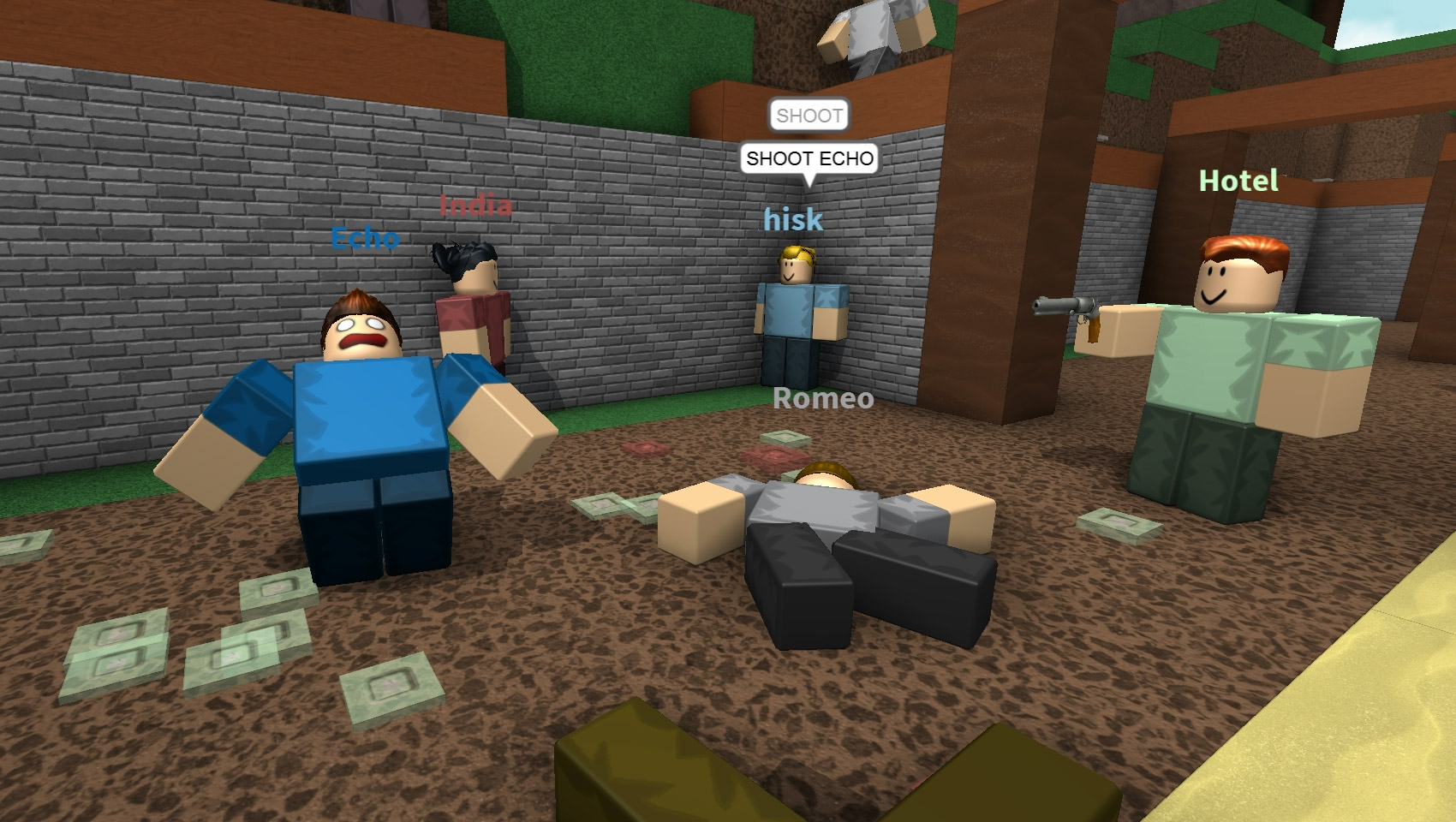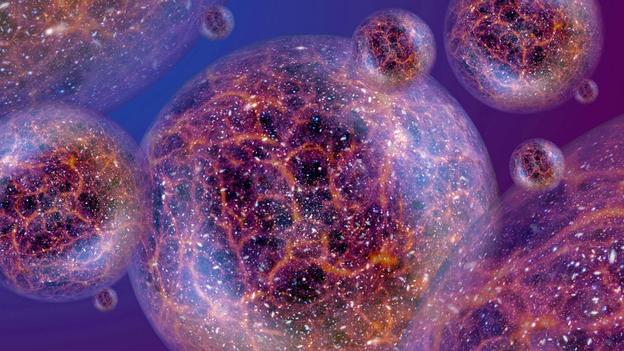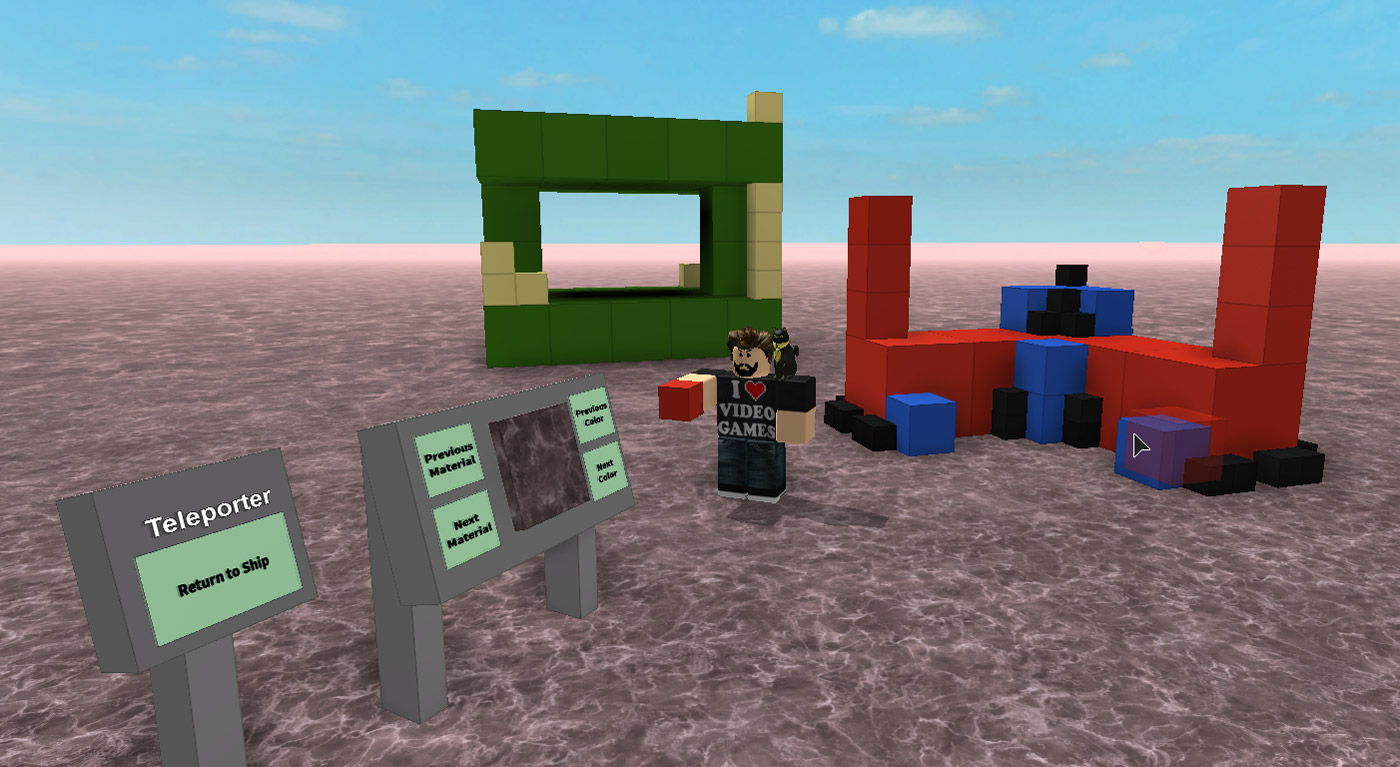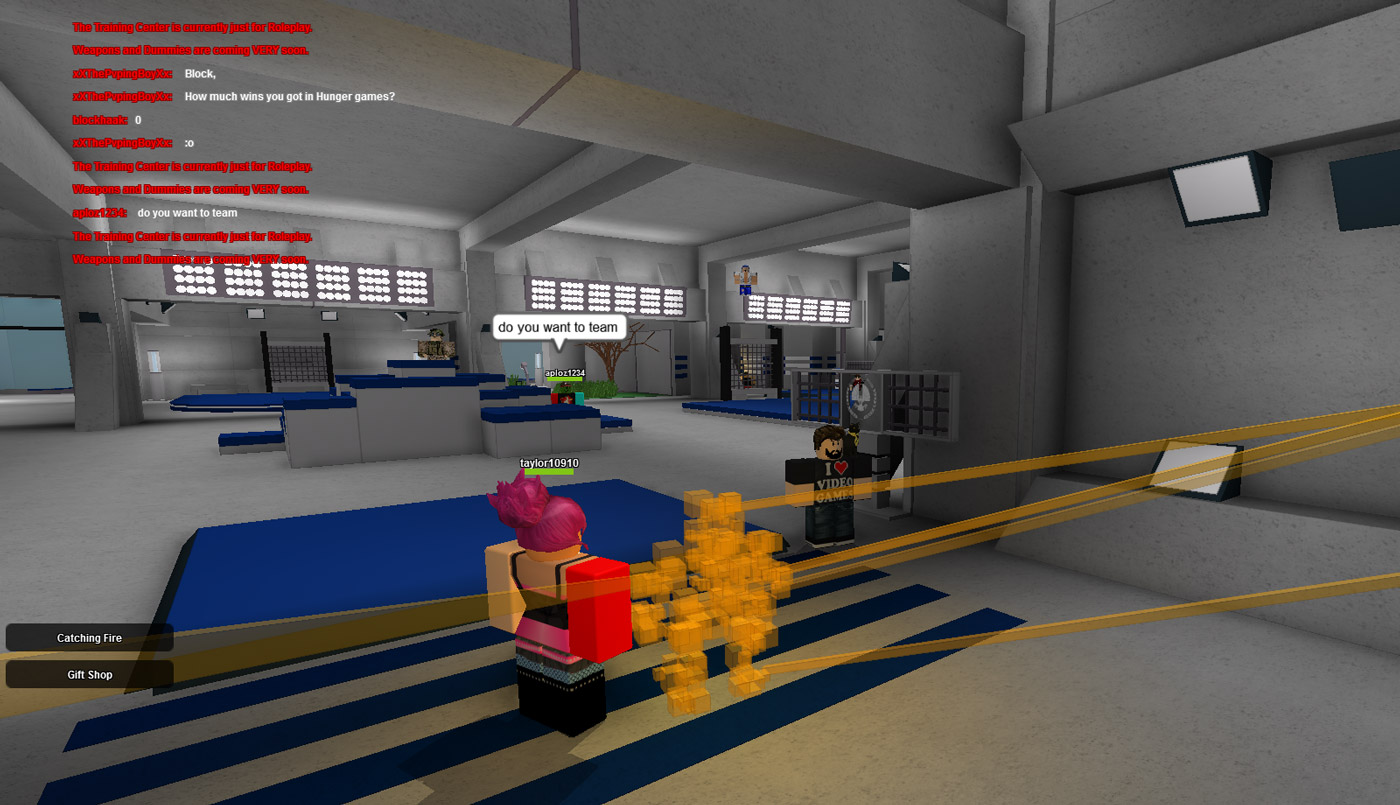Blog Archive

Murder Mystery by Nikilis. Fueled by ROBLOX.
With an integrated development environment, multi-platform support, and a global cloud of multiplayer game servers that auto-scales to hundreds of thousands of concurrent players, ROBLOX is already one of the easiest and most opportunity-rich platforms on which to make games. But we’re not stopping there. The ROBLOX game developer is about to be able to create even deeper, more immersive experiences with the rollout of technology that redefines the ROBLOX game – that gives developers the fuel they need to create exactly the engrossing games they envision.
Last week, we looked back at the competitive event that was the Winter Games and how it demonstrated the possibilities of the next generation of ROBLOX. While the Winter Games universe spanned multiple events, all of the pieces were tied together with persistent global data and the player’s ability to teleport between the hub world and individual events at any time. This created a large-scale and immersive experience – and still, it barely scratched the surface of what’s possible.
Soon, all of the features used to create the Winter Games will be available to every ROBLOX developer. (Teleports and the new DataStore are already released.) Following that, even more features will be released, making both game development and gameplay better than ever. Let’s explore a few examples of the games that will be possible when the complete feature set rolls out.
Build your world in my game
Our Studio team has already built a demo of what one could call, “build your world in my game.” This demo features a hub world, which lets players teleport to a place in which they have the power to build using cubes of various sizes. While that doesn’t sound terribly impressive in words, the technology shines when you enter your building space, make something, and come back the next day to find it as you left it. That’s another example of teleportation and the DataStore – this time saving the state of a game – at work.
We’ve already seen this sort of social “sandbox” building game surface several times, but never before has it been so rock-solid. Imagine this in a more traditional game setting: players have the ability to build levels, keeping the content fresh for as long as people are interested in playing. Imagine building your own home, your own castle, or even your own town — in a world where other players are doing exactly the same thing. Imagine a Skyrim where players add to the world and make it richer, not simply play out a story.
The giant MMO
Many developers have attempted to make massively multiplayer RPGs on ROBLOX, but have been limited in their ability to create an appropriately massive environment. With the tech to create an interconnected network of places, all joined together by a hub world, a massive MMO becomes something anyone can create – and still maintain good performance for players on a range of hardware.
Developers who create on ROBLOX will have so much flexibility that they’ll be able to create a game with the scale of World of Warcraft, and be able to launch it without having to build their own multiplayer network or put down significant cash for server hosting. As is the case right now, they’ll be able to launch their MMO via ROBLOX and we’ll auto-scale our cloud of game servers in conjunction with the game’s (hopefully explosive) growth. (A good example of our scaling capabilities is the popular Murder Mystery, which was a surprise success and stretched from just a few to more than 6,000 concurrent players overnight.)
By the same token, you could even make your own Minecraft. Your own Clash of Clans. Your own Skyrim. And you could give it your own twist before getting it in front of gamers who are hungry for big, deep game experiences.
The ever-expanding persistent world

When asked what he thought the ultimate realization of all these features would look like, Simon Kozlov (aka Gemlocker), who’s been a critical part of tech development, cited a giant persistent world, ever-expanding along with player volume and activity. He talked about the possibility of a space-exploration and resource-mining game, where players could branch out in different directions, thereby causing the game to procedurally generate new swaths of land (as new places within the game), rich with resources to hunt.
Catching Fire: The Hunger Games
For a slightly more concrete example, SmoothBlockModel, one of the top ROBLOX developers, has started experimenting with this technology in Catching Fire: The Hunger Games Sequel. As of this writing, the core of the game is the hub of the universe, with fast teleports to the training grounds and an in-game store. This represents a simple implementation of teleportation and multiple places within a single game, but you can see some of the pieces starting to mesh.
The technology we’re developing fleshes out our already robust infrastructure, making ambitious games entirely possible to realize. Not only do these new features give developers complete freedom, but they offer gamers the richest game experience yet. This is the benefit of developing a game fueled by ROBLOX.
This is the second article in a series about ROBLOX’s expanding technology infrastructure and the compelling, large-scale games it enables developers to create. We’ll have more next week.

